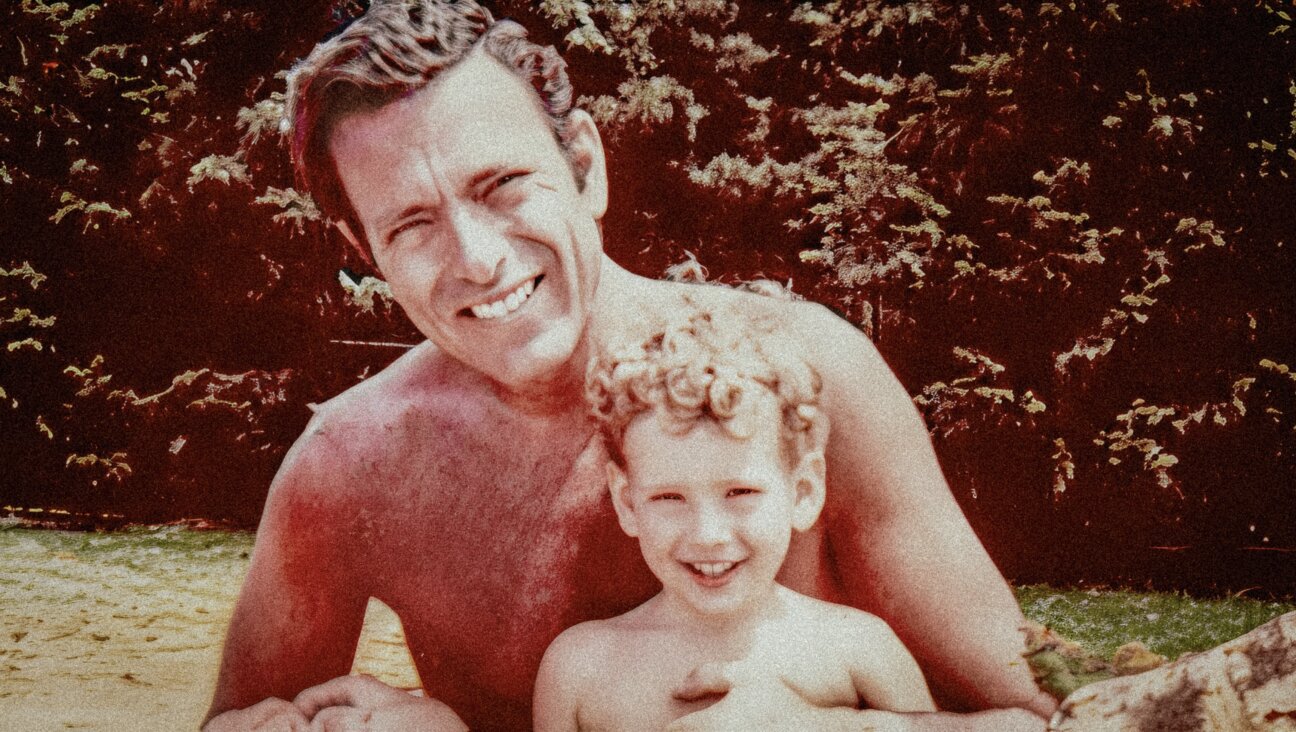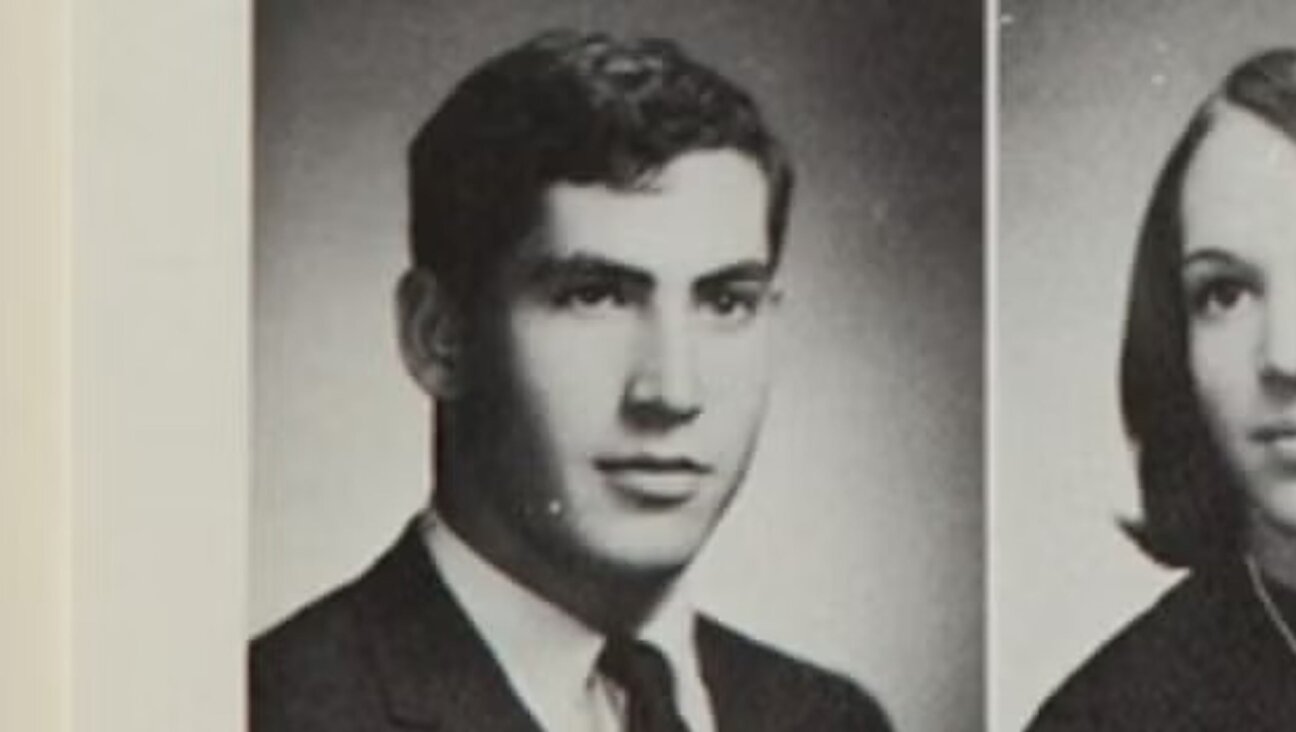Immigrants in Their Own Words
Warren Lehrer was struggling with a book of short stories called “Leap” during the spring of 1999. They were about people whose lives were about to undergo tremendous change. At the time he was assisting his wife, Judith Sloan, in a storytelling workshop at Forest Hills High School for which the students interviewed immigrants living in their neighborhoods. It was then that the idea of a multimedia project on immigrants in Queens, well, leapt to life.
“Here are these people who left their family, familiar skies and memories and come to this strange place [the United States]. What more of a leap can you make?” Lehrer said. “Immediately, it all came together, and we decided to do this project.”
Thus was born “Crossing the BLVD,” a three-year project dedicated to documenting the lives of Queens immigrants. With the aid of more than $250,000 in grants, Lehrer and Sloan have produced a book, an audio CD, a series of radio stories and a Web site. After all, Queens is to today’s immigrants what the Lower East Side was to newcomers more than a century ago. Only more so. The second great wave of immigration occurred between 1965 and 2000. During the 1990s, an estimated 1 million immigrants came to New York, according to the most recent U.S. Census. Of the 2 million people living in Queens, some 47% are foreign-born. The borough, which plays host to residents of more than 100 nationalities — is widely considered to be the most diverse county in the country. It is just that “gorgeous mosaic,” as former mayor David Dinkins liked to call it, that “Crossing the BLVD” tries to capture.
Lehrer and Sloan describe themselves as documentary artists. Lehrer, 48, is an associate art professor at Purchase College of the State University of New York. Sloan, 47, is a performer, oral historian and professional haircutter. From their apartment on a tree-lined street in the Sunnyside section of Queens, the two transform photographs and audio recordings of the immigrants and refugees they have befriended into visual and aural works of art, with the help of digital technology.
“Our worldview and philosophical ideas come through because they have to,” Sloan said. And it does, in a four-color, 400-page book with a talmudic layout. Blocks of red text providing historical context are set off; the words of the different subjects are aligned separately on the page.
“I’ve been looking at ancient sacred texts for a long time as a source of inspiration,” said Lehrer, who grew up in a secular Jewish home in the Clearview and Bayside sections of Queens. “I’m not a devoutly religious person, but I just go gaga over it. Those books were made with such craft and love and artistry.”
Lehrer designed the book, which features his panoramic photographs of the Queens neighborhoods along with vivid, well-lit portraits of the immigrants in their homes.
Malika Kalontarova and her husband, Ishak Gulkarov, are among them. Kalontarova was a famous dancer in Tajikistan, and Gulkarov was a musician. They immigrated to the United States with their two sons — Arthur and Mark — and now live in Rego Park, which, along with Forest Hills, has become home to most of the Bukharan Jews who settled in New York City.
“Most Jewish people [in Tajikistan] say they are Tajik or they are Russian because Jews get no good work, no good pay,” Kalontarova told Lehrer and Sloan. “But once I’m famous, I’m not afraid. I say, ‘Me Jewish.’”
Kalontarova started a dance school in her Queens apartment and then moved it into a bigger space located in the subway along Queens Boulevard. She also has her own dance company. Gulkarov works at a jewelry store and plays his drums in a Russian restaurant on Saturday nights. Their son Arthur is a dancer with the Cirque du Soleil troupe in Las Vegas.
“Some of the Bukharan Jews have done very well,” said Manny Behar, executive director of the Queens Jewish Community Council. “They’ve started businesses, built their own synagogues and schools. But not all of them are thriving and wealthy.”
Roughly 186,000 Jews live in Queens today, according to a recent UJA-Federation of New York study. That’s down from a peak of 250,000 during the 1970s. Behar says that in the 1990s the Jewish population decline was partially offset by Jews immigrating to Queens from Israel, Iran, India, Afghanistan and Uzbekistan.
Kalontarova, Gulkarov and their Bukharan Jewish family are also featured in a series of radio stories Sloan and Lehrer produced for “The Next Big Thing,” a weekly radio magazine broadcast on 90 public radio stations around the country. These stories, which range in length from six to 15 minutes, can be heard on the couple’s Web site (www.earsay.org/blvd).
“The immigrant experience in New York is one of the most important stories in the city right center. Their politics is evident in the selection of immigrants they have chosen to profile: a Hatian man who opposed the Duvalier dictatorship before coming to Queens and becoming an organizer for a home-health-care workers’ union, a Filipino activist who was imprisoned by the Marcos regime and now organizes New York nannies, two gay men from Colombia who received political asylum based on their sexual orientation. The husband-and-wife team had even hoped to include a Jewish-Palestinian couple, but could not find one in Queens.
“We found people who were very, very religious and fled here for religious freedom,” said Sloan, who grew up in a secular Jewish home in Connecticut. “We’ve been to more churches and more mosques in this project.”
But, alas, no synagogues.
A three-month show on the “Crossing the BLVD” project is set to open December 14 at the Queens Museum of Art. Images from the book will be on display, and a “story booth” with a curtain will allow visitors to have their pictures taken. A computer station allows people to input their own immigration tales into a database. What’s next? Lehrer and Sloan are planning to develop a theater piece based on the “Crossing the BLVD” oral histories.
Jon Kalish is a Manhattan-based newspaper and radio journalist.





















